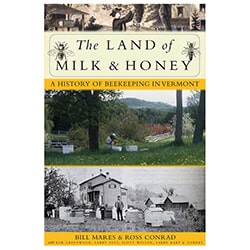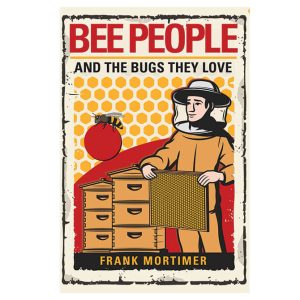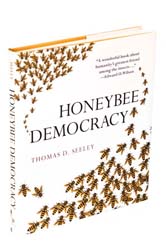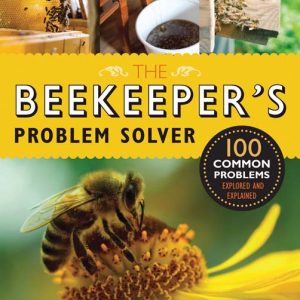The Land of Milk and Honey
Original price was: $32.89.$27.96Current price is: $27.96.
By: Bill Mares & Ross Conrad, with Kim Greenwood, Larry Solt, Scott Wilson, Larry Karp & Others. Hardcover. 224 pages.
Six Vermont beekeepers, led by established authors Bill Mares and Ross Conrad, have gathered up the geniuses and oddballs, inventors and saints of the more than 250 years of Vermont’s beekeeping history. This book is a must read for anyone interested in how bees and beekeeping got to where they are today in Vermont and the US. The Land of Milk and Honey provides a powerful testament of the state’s oversized leadership to protect our nation’s pollinators and challenges other states to write their own beekeeping histories.
The Land of Milk and Honey follows the trials and tribulations of notable and anonymous beekeepers in Vermont from the early 1800s through the next 200 years. The history includes such beekeeping highlights as the “Vermont Beehive,” patented in 1836 by John Moseley Weeks of Salisbury, as Vermont’s most prominent entry in a worldwide search to modernize traditional hives. Other Vermont beekeeper-inventors were Augustin Manum and his “Bristol Chaff Hive” and James Crane of Bridport, who pioneered the use of cardboard cases for the packing of honey comb. Charles Mraz of Middlebury. who bought out the Crane business, became world famous for his invention of the fume board and his passionate advocacy for apitherapy.
This study provides a microcosm of Americans’ relationship with bees, the “farming for intellectuals” in Sue Hubbell’s lively phrase. Land of Milk and Honey explores the relationship between the people of Vermont and the countryside they inhabit: a land and people that shift and change through the centuries in ways that directly affect the health and well-being of bees and its beekeepers. One region of Vermont, Addison County, consistently has been the epicenter of Vermont beekeeping as it exemplified the matrix between bees, forage, fruits and herbivores to become a veritable “land of milk and honey.” It continues to produce roughly half of all Vermont’s honey.




